The bibcock is connected to a water source on one end and the other end is an outlet
| Finising: | Polishing, Polishing and Chrome plated |
|---|---|
| Handle: | Brass, Iron |
| Life time: | 100000 times On-Off |
| Materials: | CW617N, H58-3 |
| Size: | 1/2", 3/4" |
| Temperature: | -10˚C-100˚C |
| Thread connection | BSP, NPT |
| Warranty: | 12 months |
| Working pressure | 12 bar, 16 bar |
Brass bibcock
Size 1/2″,3/4″
Full brass with handle
Forged brass with polished.
Normal brass
Handle Material: Brass
Body Material: Brass
Installation Type: Wall Mounted
Polish: Chrome & Brass Polish
Color: Golden
Nominal pressure: 1.6 MPa
Working Temperature: -10ºC≤t≤120ºC
Connection way: Male thread
Cylindrical pipe thread: comply with ISO228/1, NPT, BSP
Medium: Water, non-corrosive liquid, saturated steam(≤0.6MPa)
Usage: industrial use, household use, home use, farming use
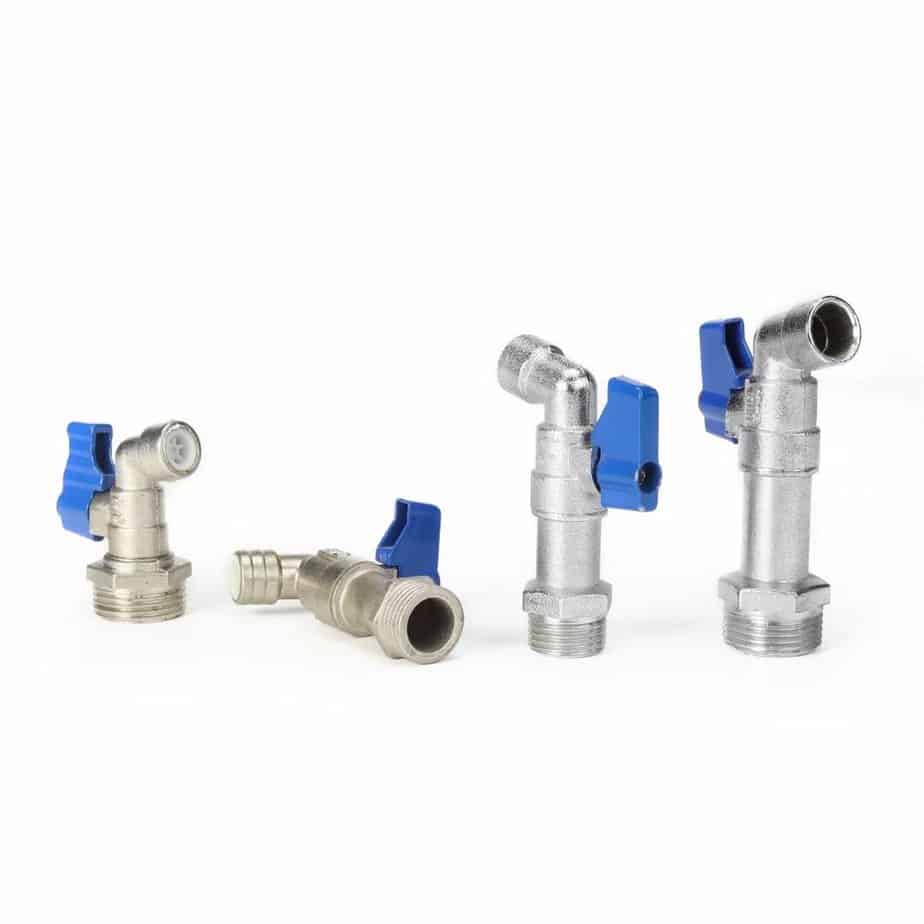
The top brass bibcock is used for heat, water, and steam distribution. They are typically run with pipes that carry the hot fluid to all parts of your building. This blog post will discuss installing a new or replacement brass bibcock to provide more efficient heating and cooling.
When it comes to brass bibcock installation, you must keep a few key things in mind. The first is the type of pipe that will be used. There are three main types: copper, iron, and steel. Each has advantages and disadvantages, so choose the right type for your needs.
The second thing you need to consider is the placement of the bibcock. It’s essential to place it in an easily accessible spot to be easily serviced if needed. You also want to ensure that the area around the bibcock is transparent so people can quickly move around it.
Once you’ve determined the type of pipe and where to install the bibcock, it’s time to start the installation process. The first step is to cut the tube to the proper length. Then, you need to fit the fittings onto each end of the pipe and tighten them down. Once that’s done, you can install the bibcock by tightening its screws.
Once everything is in place, it’s time to test your new brass bibcock! Turn on the water and check for any leaks. If everything looks good, you’re ready to enjoy your improved heating and cooling system!
If you’re looking for a quality brass bibcock, then be sure to check out our selection at Bibco. We carry a wide range of products from some of the top names in the industry. We offer fast shipping and exceptional customer service so you can have your bibcock installed as soon as possible!
Top brass bibcock – The top brass bibcock is used for heat, water, and steam distribution. They are typically run with pipes that carry the hot fluid to all parts of your building.
A sanitary ware bibcock valve, often called a bibcock or bib tap, is a type of faucet valve explicitly designed for sanitary applications. It is commonly used to control the flow of water in bathrooms, kitchens, and outdoor areas. Here’s a deeper look into its features and functionalities:
There are various designs based on usability and aesthetics:
In conclusion, a sanitary ware bibcock valve is an essential component in indoor and outdoor water supply settings, known for its durability, functionality, and variety in design. When choosing one, consider the intended application, the material, and the design to ensure it fits seamlessly into your sanitary setup.

The sanitary ware bibcock valve is a blend of functionality, adaptability, and durability, making it an indispensable component in indoor and outdoor water systems. Whether for a modern kitchen, a traditional bathroom, or a productive garden, this valve stands out for its efficiency and reliability.
A toilet bibcock valve is essential to any home’s plumbing system. Its primary function is to control water flow from the main supply into the tank and bowl, allowing for proper flushing and filling. Several different types of toilet bibcock valves are available, each with advantages and disadvantages depending on its particular application.
The most common type of toilet bibcock valve is the gate valve, which consists of a wheel that turns a stem to restrict or allow water to flow through it. The advantage of this type is that it can be easily adjusted with minimal effort by turning the wheel. However, since it relies on manual operation, it requires regular maintenance to prevent clogs and leaks and occasional replacement due to wear over time.
When it comes to self-care, having the right plumbing fixtures is essential. Toilet bibcock valves are vital for any bathroom and can provide some advantages for homeowners. A toilet bibcock valve is installed on the water supply pipe that leads to a toilet, giving easy access to shut off the water flow when necessary.
Not only does this make it easier to service and repair toilets, but they also serve as safety features in case of broken pipes or overflowing tanks. Bibcocks are usually equipped with built-in shut-offs, which can help prevent costly water damage by shutting off the water automatically if there is an increase in pressure or temperature. This makes them much more efficient than manual valves, which require someone to be always present to turn them off in case of emergencies.
Installing a toilet bibcock valve is an important aspect of any bathroom remodeling project. Understanding the installation instructions before beginning is essential to ensure your toilet remains properly working. Suppose you’re considering a new valve for your bathroom.
First, turn off the water supply and flush the toilet several times. Next, remove any fittings and old parts from the tank and discard them properly. Then, unscrew the existing valve and replace it with a new one before reattaching all components. Use pipe thread tape or sealant around each connection for better water tightness. Finally, turn on the water supply and check for leaks before testing your newly installed Bibcock valve!
Maintenance Tips
Maintaining a toilet bibcock valve properly is essential for a well-functioning bathroom. A bibcock valve is the plumbing valve found on toilets and allows you to shut off the water without turning off the main supply. Regular maintenance will help keep your bathroom running efficiently and prevent costly repairs. Here are some tips on how to maintain your bibcock valve.
One easy way to maintain your toilet bibcock valve is by checking it periodically for signs of wear and tear. Look for cracks, leaks, or corrosion around the handle or other valve components. If any damage is found, replace the parts immediately before further damage occurs.
The conclusion of any plumbing job should be that the work was completed to a professional standard. In the case of toilet bibcock valves, this encompasses ensuring all parts are secure, that no leaks remain, and that everything is working optimally. Toilet bibcock valves are essential to keeping your bathroom safe and functioning correctly, so it’s vital to ensure you have them installed correctly. It’s unnecessary to call in a professional for every step in the process; with careful attention and research into proper installation techniques, it is possible to install these valves yourself. However, suppose you continue to experience issues or feel uncomfortable installing them independently. In that case, it’s best to call a professional plumber to complete the job safely and efficiently.
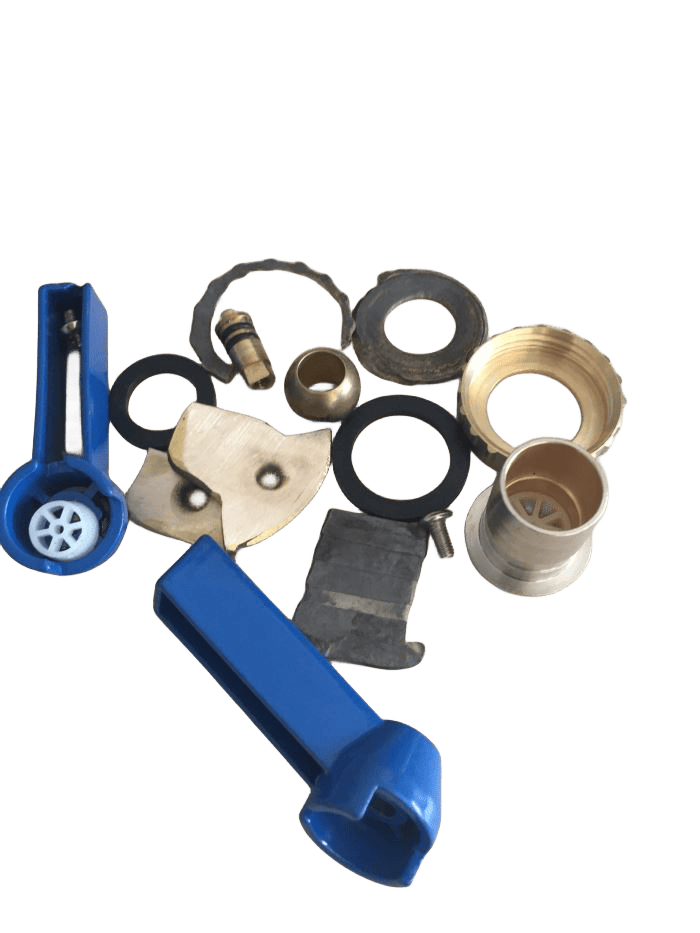
Choosing a sanitary ware bibcock valve involves a multitude of considerations. Making an informed decision requires you to pay attention to various factors that impact the valve’s function and longevity. Below are some key concerns you should keep in mind:
Historically, heritage plays a pivotal role in the establishment of trust. The age-old adage, “Old is Gold,” rings true in many scenarios, especially in business.
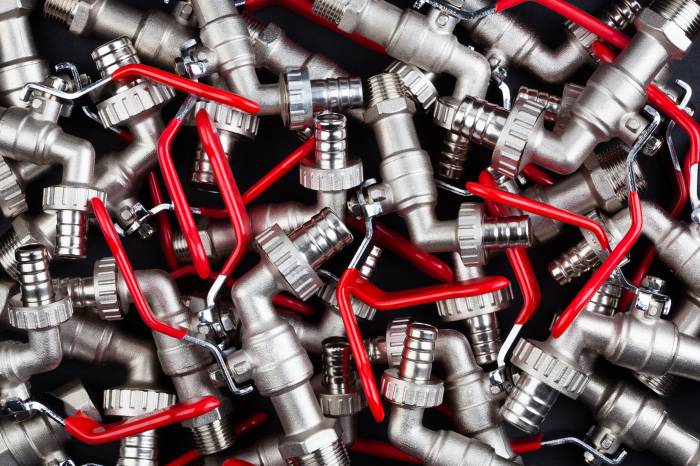
Quality isn’t a one-time measurement but a consistent promise delivered upon.
Modern challenges require modern solutions. A company’s ability to evolve spells its commitment to innovation.
A successful transaction isn’t just about paying and receiving goods. It’s about perceived value.
A purchase isn’t the end but the beginning of a relationship.
A well-rounded product suite indicates depth in understanding market needs.
Customization is the epitome of customer-centricity.
Timely delivery is a given; what adds value is the state in which the product reaches.
Trust is built upon transparent and fulfilled commitments.
A taste of the experience can be the best convincer.
In essence, selecting the right supplier goes beyond mere product evaluation. It’s a comprehensive process encompassing the company’s dedication to quality and innovation, financial prudence, and customer commitment. One can ensure a fruitful, long-term association with a supplier by factoring in these multi-dimensional aspects.
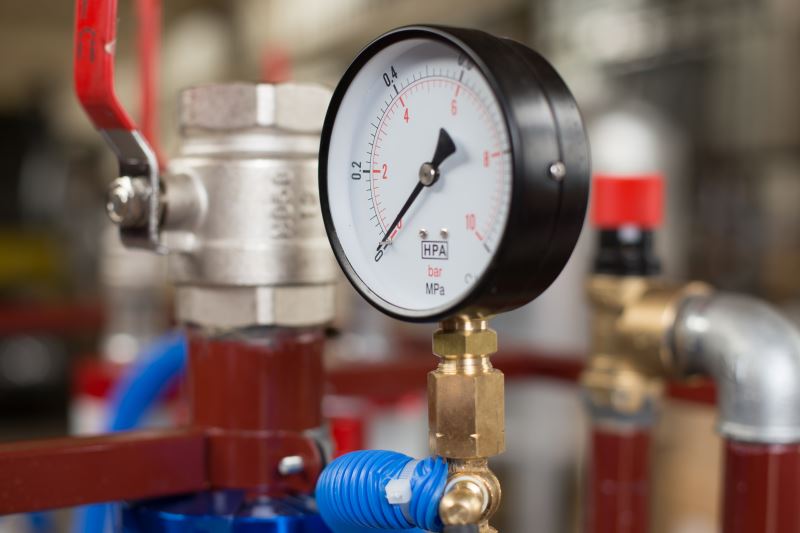
Plumberstar valve fabricator in China. Our main parts for heating pipelines and intelligent water control can supply you with a one-stop basket solution to get your ideas and demands. From design to packaging and logistics are our duty—brass valves and fittings applied in-house, in industry, and commercial construction, in residential. There are related to water pipe control solution, and we have rich experience for outdoor frostproof hydrant and pex heating water manifold indoor.
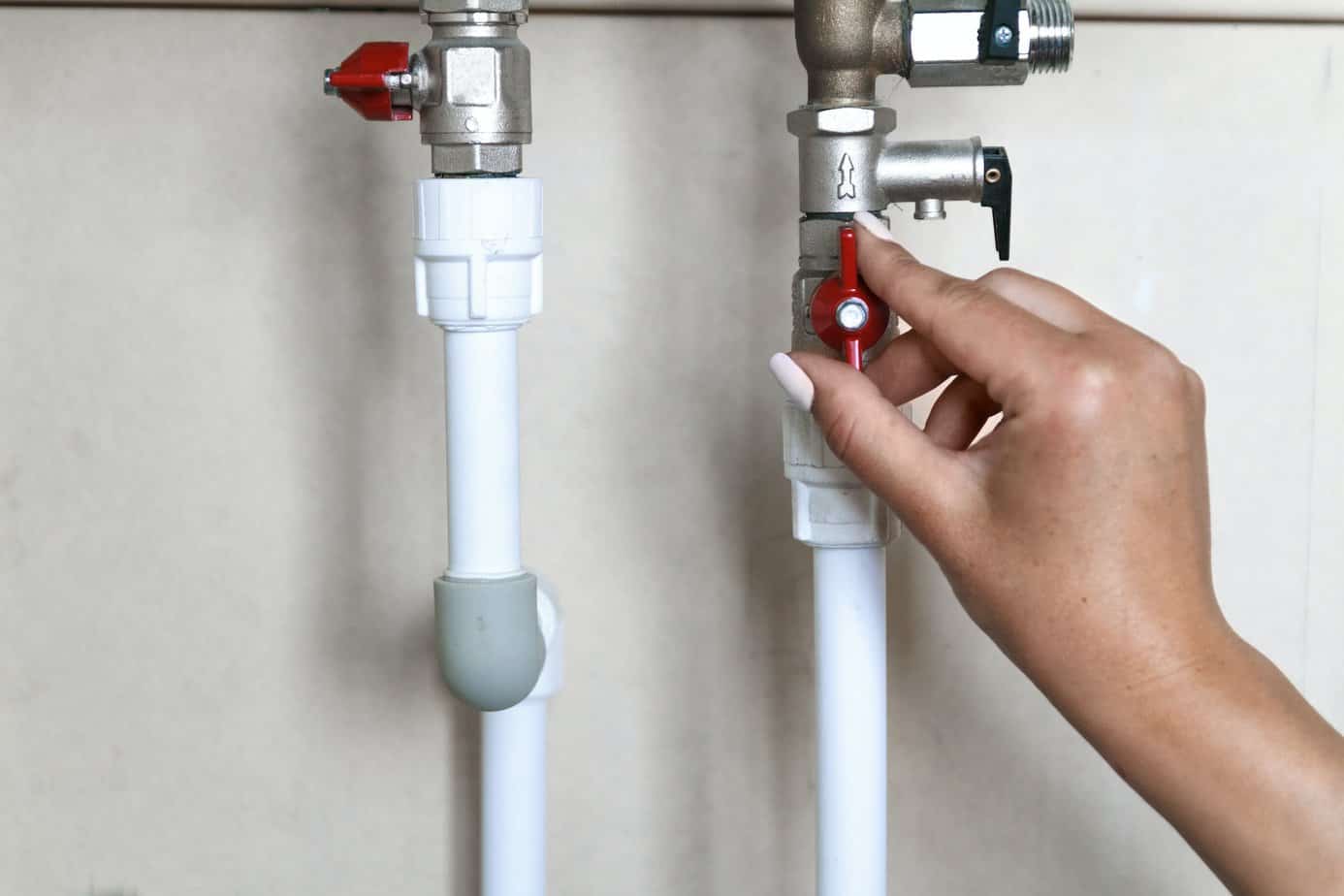
Plumberstar offers brass and stainless steel 304 valves, as well as HPVC and cast iron plumbing parts. Available in sizes ranging from 1/4 inch to 4 inches with BSP(G) and NPT threads. Products include shut-off needle valves, heating floor manifolds with 1-inch gauges and flowmeters, brass nipples, elbows, extensions, compression fittings, and adapters. Custom manufacturing plumbing products is also available.
Plumberstar delivers reliable, high-quality plumbing solutions with competitive pricing, extensive customization, and free pressure testing. Our ISO 9001 certified products ensure safety, efficiency, and durability, meeting international standards for residential and commercial needs.
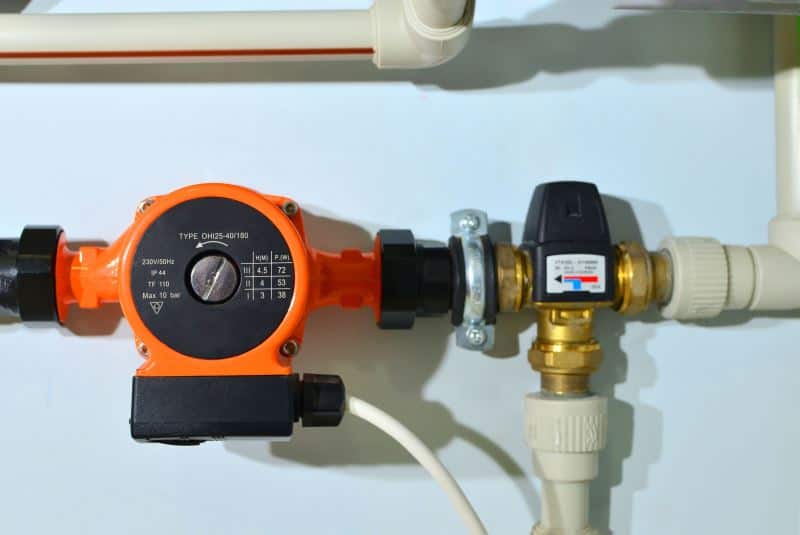
Mixing water valve automatic ensure temperature and water pressure stable. It is suitable for household hot water devices equipped and floor heating, so the 3-way valve meets requirements of temperature range and the water flow
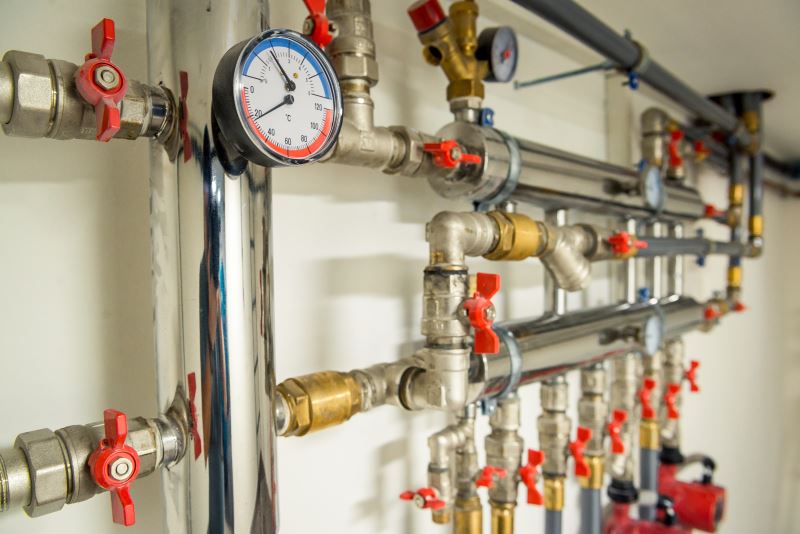
Plumberstar radiant pex manifolds are usual for residential water distribution in a household, and it's top rated in the home building industry. Manifold plumbing systems control hot and cold water that feeds flexible PEX supply lines to individual fixtures.
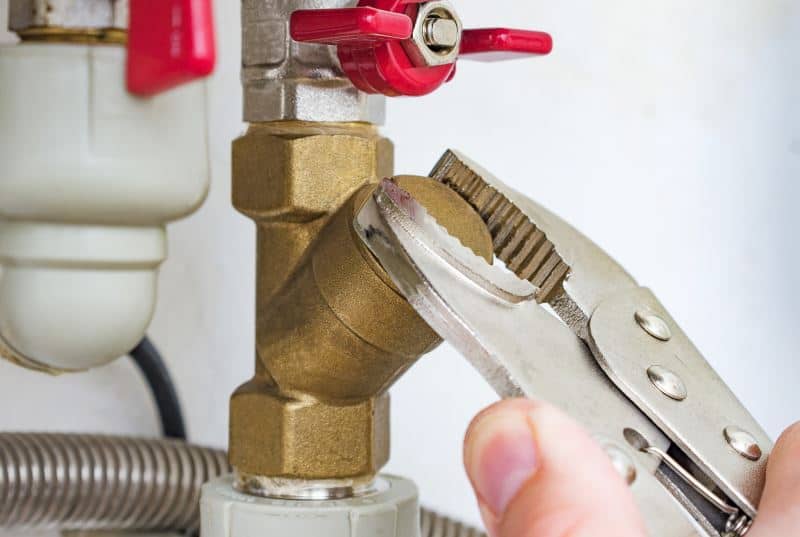
Plumberstar Y filter strainer Keeps Working, and dirty Out Strainer screen catches debris and sediment to reduce maintenance. Protect your water plumbing. Y Type Strainer works in conjunction with your backflow preventer and regulators.

Plumberstar works in residential, irrigation, and commercial application. The relief safety valves are used in various applications, such as water heaters, air compressors, its automatic release of the excess pressure or vacuum from a heating system.
Plumberstar products design based on simple structure aim to time-saving installation for consumers and aim to save the cost of customers for building construction.
We boast 18 years of expertise in water and gas projects and long-term partnerships with top global clients.
We offer competitive pricing, tailored solutions, and flexible solutions. Quality is our cornerstone. We conduct three random inspections and a final QC check for each project, with detailed reports for clients and a 48-hour emergency response system.
Copper Pipe fitting 1/2 inch 90-degree Elbow, nipple, bush, and reducer connects PEX Pipe in water distribution and hydronic heating systems.
Low-cost solution to connect copper Pipe Tubing, stainless steel insert, and adapter. The connection system is perfect for your next commercial or homeowner plumbing project.
Plumberstar is looking for long-time cooperation with partners, our advantage will benefit each other, and growing together, our extra service including design, new tooling, discount and quality tracing system.
★ Moderate Pricing – Plumberstar can provide various projects with different economic basket services. Water control project drawing design and artwork works are free.
★MOQ and Delivery – Lower MOQ even reaches 100 units and sampling time within 15 working days, and the leading time is 30 working days of mass production,
★ Non-Disclosure Agreement – Plumberstar will not provide your competitors with the same valves and manifolds. And help you to get more market shares.
★Quality and Service–Our defect rate reached 0.459% in the last two years from customers feedback, and the Inspection report can provide you with each order

★Discount and Quantity– Heavy quantity can increase production capacity with effectiveness. And the accessories and spare parts purchased with competitive cost of valves.
Our aim is not only to provide valves but we help customers to design products,design artwork,valve proposal, book shipment,Installation tutorial
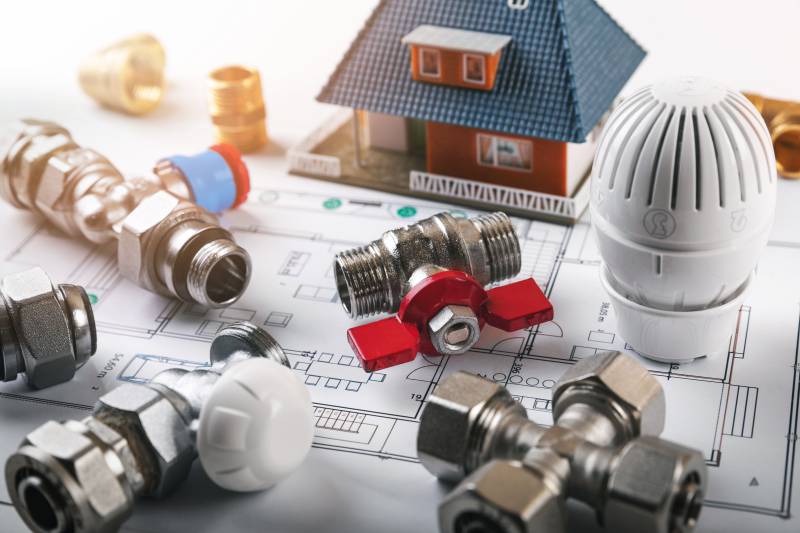
We are free design your valves according to your inquiry of your plumbing system,no extra cost.

We can help you choose valves and heating manifold, and advice in house application
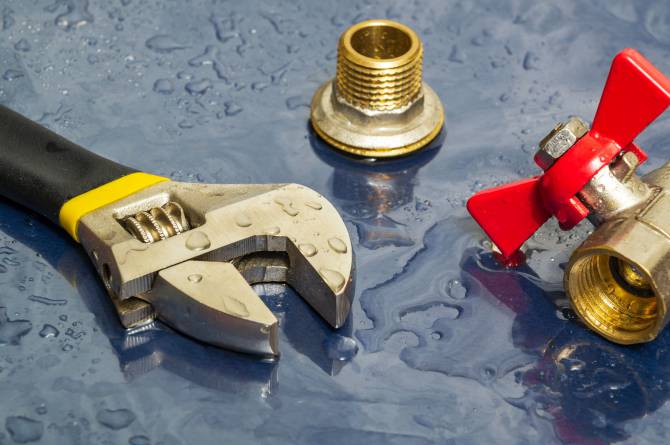
We can provide an installation guide and tutorial about valves and underfloor heating manifold

We help customers to book a container, documents preparation, and clearance, even to warehouse
Here are typical questions by customers asked with usual, please feel free contact us if any further confused.
Brass valves have many different types, such as ball valves, garden tap, check valve, strainer, angle valve, gate valve, foot valve, and drain valve. The radiator valve and thermostatic mixing valve are works for water temperature. All of these valves are work for water plumbing systems, plumbing repair, and installation. So have to let water shut-off and shut-on. Some heating systems are related to hot water and cold water mixing for temperature control and stability. Our intelligent valves are functional. There are applications in commercial, residential, and industrial areas.
Underfloor heating radiant pex manifolds are usual for residential water distribution in a household, and it's top-rated in the home building industry. Manifold plumbing systems control hot and cold water that feeds flexible PEX supply lines to individual fixtures. Then water temperature is warm and stable in each room. Meanwhile, the heating accessories-flow meter gauge will monitor water and temperature in each room.
The motorized ball valve works automatically open and closed; they work with 220v-230v AC and 24v DC; they are applications in the heating system, air conditioner,3D printer, and others. The solenoid valve is with similar features.
Would you please submit the form at the bottom of the page or send an email directly:info@plumberstar.com? My WhatsApp: +86 15968648802. Can you send us pressure demands, size package, and quantity if available?
It's able to provide free samples for your evaluation with 15 working days about.
Our MOQ is significantly lower from 100-5000 pcs are available. It depends on different items.
We can fabricate your specified requirements.
It's about 35 days if with regular proucts; New tooling and samples will take 15-20 days, Normal samples will take 7 days.
It means that you need to check the plumbing system at first, then realize your requirements, and get out different valves with different applications and functional with controlling; of course, may be no need to use brass valves due to the high cost. You can use plastic, iron, zinc alloy, and aluminum raw materials instead of brass, but brass and stainless steel are reliable with 3 years warranty. If you don't know how to choose, please call us or email us.
There are 5 engineers and 15 experts about QC&QA behind your projects
Choose Plumberstar for exceptional, customizable plumbing products with over 18+ years of experience. We guarantee competitive pricing, strict quality control, ISO 9001 certification, and dependable global delivery to ensure your projects meet top standards.
Simply describe your request and details; our feedback within 24 hours
No.7 Qinggang Industrial Zone
Yuhuan City,Zhejiang Province,China
+86 576 8252 9985
+86 159 6864 8802